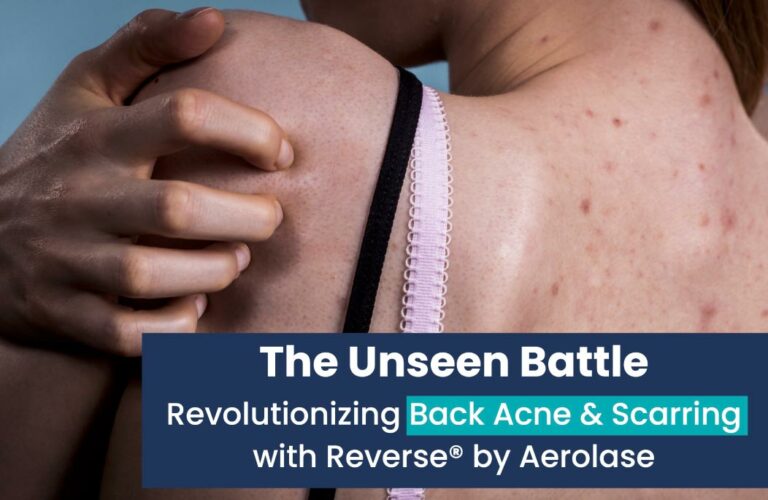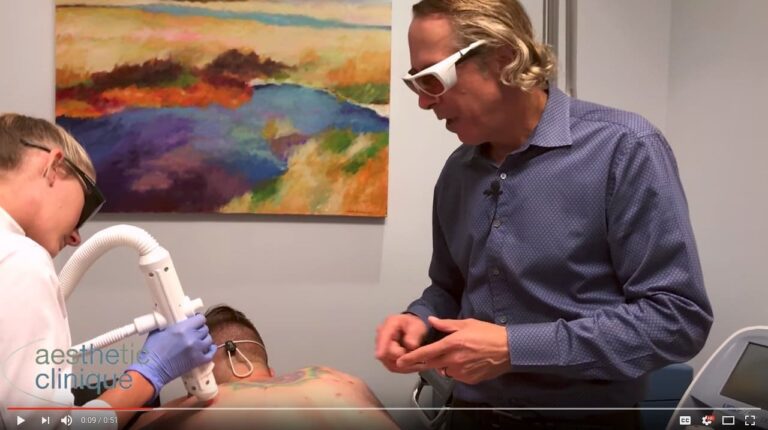Modern day medical lasers are very popular medical tools that doctors use for surgical and cosmetic purposes. Currently the FDA defines them as “medical devices that use precisely focused light sources to treat or remove tissues.” This definition encompasses an entire range of medical lasers and laser treatment options available today, each of which come with their own safety guidelines.
Though safety features and points differ between surgical and aesthetic lasers, safety is just as important when medical lasers are used by dermatologists as when they’re used by surgeons. So if your practice is still using older medical lasers to carry out medical skin care procedures, it may be time to consider investing in a more modern medical laser. Modern medical lasers aren’t just smaller and easier to use than their older counterparts – they’re also built around three key points that you – and your patients – will love:
Modern Lasers Are Non-Invasive: Modern medical lasers used for aesthetic purposes offer a fast, effective non-invasive treatment option for patients. By using precisely focused light to target problem areas suffering from acne, PFB or a range of other treatments, doctors can help their patients more quickly without subjecting them to more invasive procedures. This also means that patients can enjoy two great benefits of a laser treatment procedure: a reduced risk of infection and the ability to leave their doctor’s office as soon as their treatment is over.
Modern Lasers Are Gentle On The Skin: Different medical lasers often affect a patient’s skin after treatment in different ways. Older medical lasers in particular are prone to overheating a patient’s skin during treatments, creating painful or itchy red spots during a procedure that need additional attention and treatment. New medical lasers, however, are able to treat various skin issues by targeting tissues more efficiently – specifically, by focusing their energy in a single area, with minimal epidermal absorption in the surrounding tissues. This reduces the risk of overstressing a patient’s skin or overheating the nerve endings in the dermis virtually, thereby practically eliminating the pain and discoloration associated with older lasers.
Modern Lasers Follow Current FDA Feature And Safety Requirements: Can you definitively say right now where your medical laser came from, when it was made, who made it, and whether or not it’s currently following all FDA requirements for medical lasers? Any modern day manufacturers of electronic radiation emitting products sold in the United States must comply with the Federal Food, Drug and Cosmetic Act (FFDCA), which was designed specifically to keep patients as safe as possible during cosmetic and surgical treatments. Plus, if problems do emerge, you’re much more likely to hear about them if you have a newer product, as opposed to an older out of date item that’s fallen off of the market’s radar.
Whether your practice specializes in laser hair removal, tattoo removal or skin rejuvenation, finding a laser treatment option that works efficiently and safely with a minimal number of side effects should always be a priority. Now that modern, properly regulated medical lasers are available for doctors to use, it’s time for any practices using their older medical devices to consider updating their laser treatment abilities.



